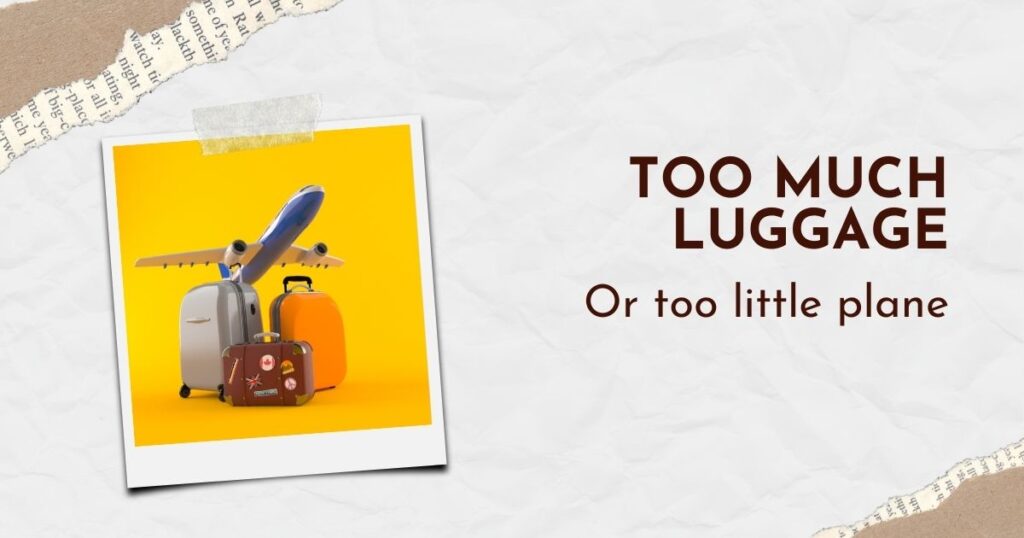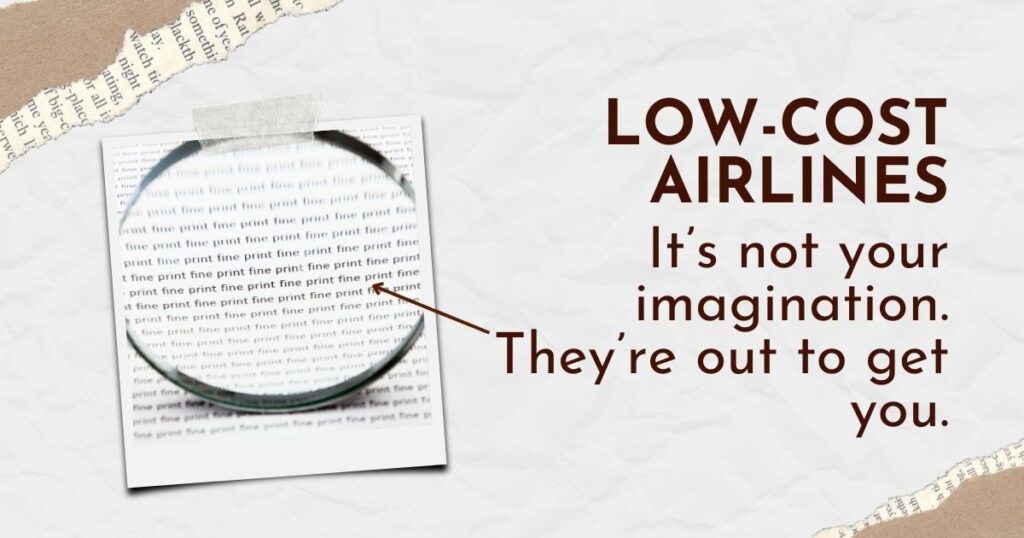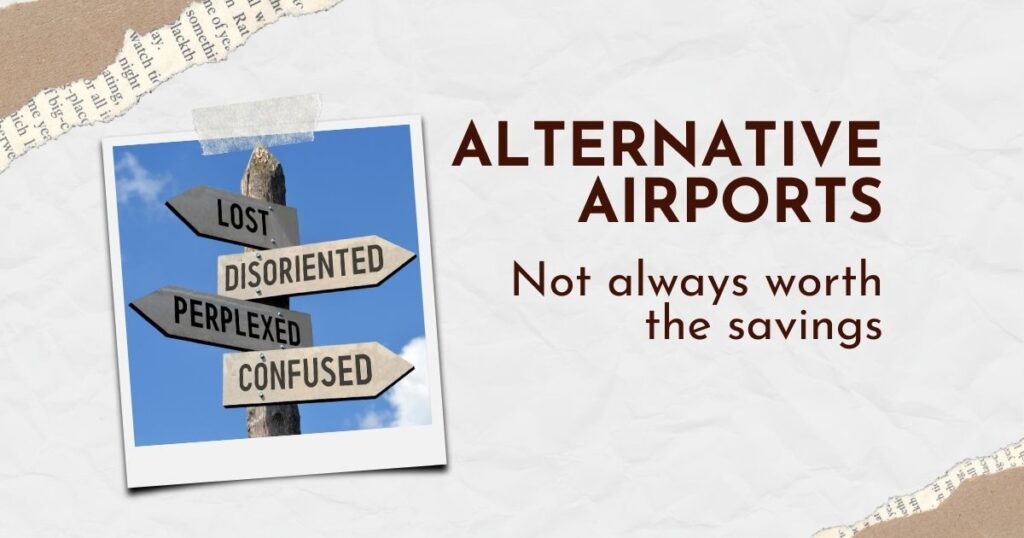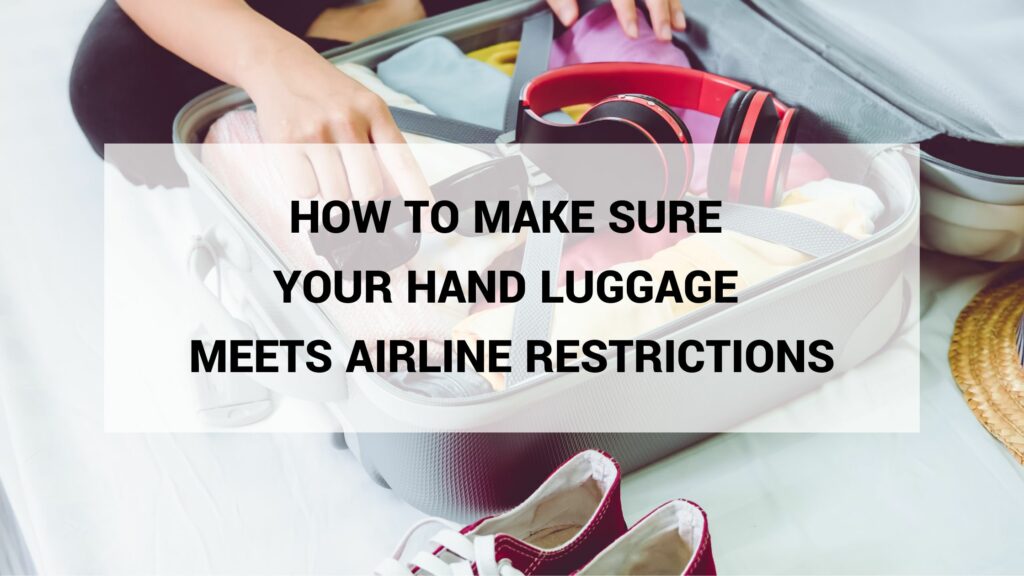Author – Chris W
It often feels like low-cost carriers are trying to cheat you, because they are. It’s a lot like how Airbnb adds service fees, cleaning fees, taxes and other nonsense to your bill wayyy down the purchase journey, but that’s another story (deep breaths).
Here are 5 RED FLAGS to watch out for when trying to get from A to B on a budget airline
1 – Be early like the bird, flexible like the worm

One of the cardinal rules for obtaining the best deals with low-cost airlines is to book your tickets well in advance. Flight prices tend to rise as the departure date approaches. By booking early, you’re more likely to secure the lowest fares available.
Additionally, being flexible with your travel dates can lead to significant savings. Many low-cost airlines have fare calendars that show you the cheapest days to fly within a specific time frame.
If your travel plans permit, adjusting your departure or return date by a day or two can make a notable difference in your overall expenses.
2- Travel light like Jason Bourne

Low-cost airlines often charge extra fees for checked baggage and even for cabin baggage that exceeds certain size and weight limits. To avoid these additional costs, pack light and smart. Invest in a compact, lightweight carry-on suitcase that adheres to the airline’s regulations.
Pack versatile clothing that can be mixed and matched to create multiple outfits, minimizing the need for excessive clothing. Remember that you can always do laundry during your trip.
Also, carefully review the airline’s baggage policy and adhere to it strictly to avoid last-minute surprises at the airport.
3 – Skip the extras. You don’t need to EAT

When booking with low-cost airlines, be wary of optional extras that can quickly inflate your ticket price. These extras might include priority boarding, seat selection, in-flight meals, and travel insurance.
While these can enhance your travel experience, they can also add up to a significant cost. If you’re trying to stay on a budget, consider skipping these extras.
However, if you find certain services essential, explore the possibility of prepaying for them during the booking process, as it can often be cheaper than purchasing them at the airport.
4 – Check the fine print

Low-cost airlines often have specific terms and conditions that differ from traditional carriers. It’s crucial to carefully read the fine print before booking your flight.
Pay attention to details like the airport’s location (low-cost airlines might operate from secondary airports, which could be farther from the city center), check-in requirements, and any hidden fees.
You also want to make sure you’re not flying at some absurd time at night.
5 – Plan your transport to and from the airport

If you do end up departing or arriving from “alternative” airports, plan your travel carefully so that you don’t get stuck with a massive bill for a taxi (for example). Research the available transportation options, such as buses, trains, or shuttle services, and factor in the cost and travel time. They may cancel the savings you’re getting on the plane ticket. Again, check your time of departure and arrival.
Let’s recap:
Travelling on low-cost airlines in Europe can be an exciting and budget-friendly way to explore the continent.
By following these five essential tips – booking early, packing light, considering extras wisely, reading the fine print, and planning your airport transport – you can ensure a seamless and enjoyable journey without breaking the bank.
Don’t let the airlines win! Go out there and get your value!

P.S. If you’re looking for cabin luggage that fits within the size requirements of all European low-cost carriers (currently), look HERE. If you’re a backpack-type traveller, check THESE out.
Fly safe!




